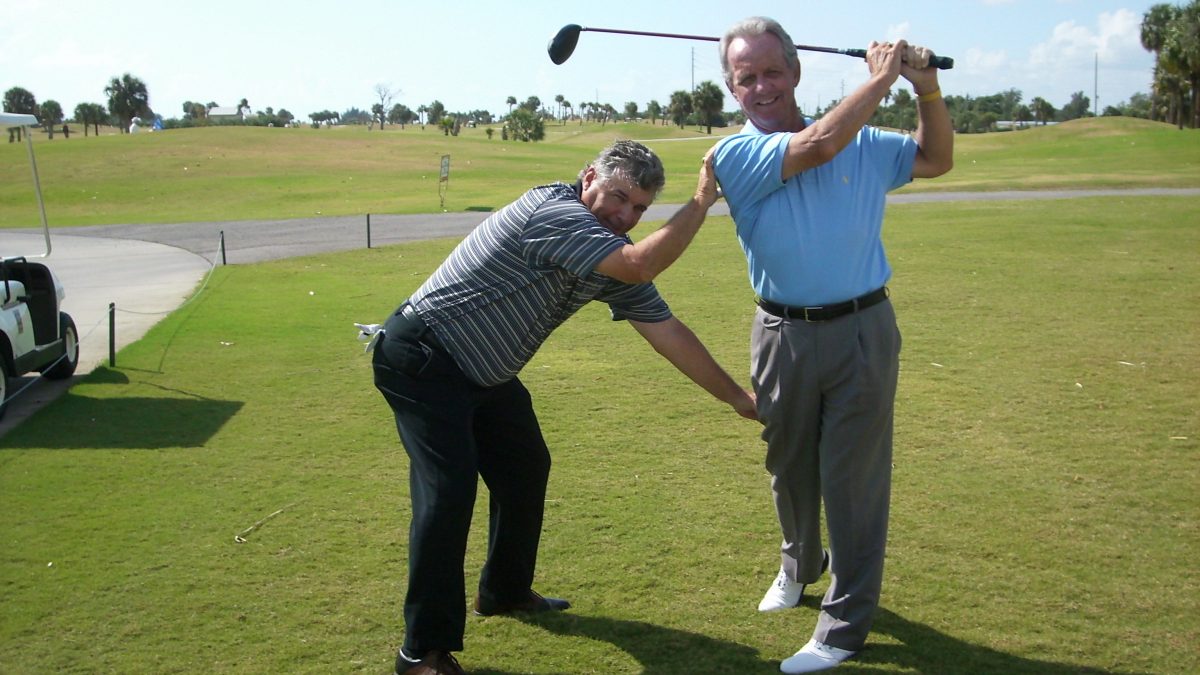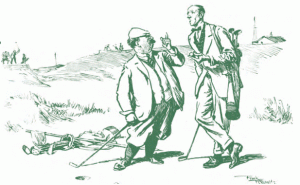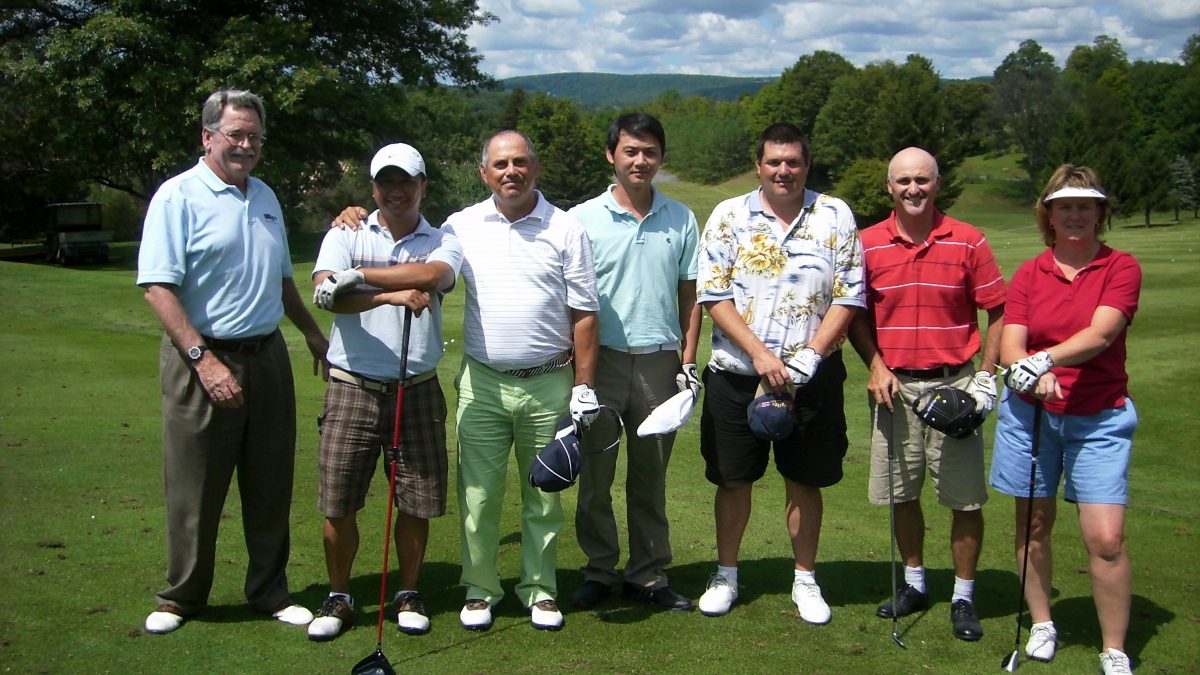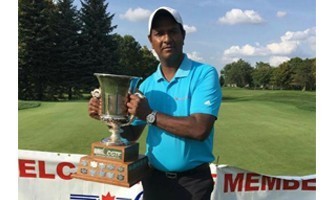Compliments Complement Our Teaching
 According to allpsych.com, “The term rein-force means to strengthen, and is used in psychology to refer to any stimulus which strengthens or in-creases the probability of a specific response.” Psychologists recognize four types of reinforcement: positive, negative, punishment and extinction.
According to allpsych.com, “The term rein-force means to strengthen, and is used in psychology to refer to any stimulus which strengthens or in-creases the probability of a specific response.” Psychologists recognize four types of reinforcement: positive, negative, punishment and extinction.
In general, positive reinforcement has proven to be the most effective means of behavior modification or to get a certain behavior to be performed. This involves giving a reward upon completion of a goal or speaking in a positive and encouraging manner in an attempt to achieve the desired outcome. Negative reinforcement involves an unpleasantness of some sort if the task is not completed, such as parental nagging of a child. Once the child per-forms the task, for example, the negative reinforcement of nagging is eliminated. Punishment is a term that we are all familiar with, and extinction is, according to study.com, “The disappearance of a previously learned behavior when the behavior is not reinforced.”
The USGTF has long recognized the good that comes from positive reinforcement, and since its inception in 1989 has said that encouragement (positive reinforcement) rather than criticism (negative reinforcement) is far more desirable. Hopefully there aren’t any teachers out there engaging in punishing their students! But then again, we do hear sad stories of parents punishing their children for not succeeding in athletics. Perhaps they make the child run, or take away some privileges, but as those of us who are knowledgeable know, punishing a child for athletic failure is a sure way to have an ex-athlete for a child.
In athletics today, there is a great emphasis on “players’ coaches,” which means that the coach is sensitive to the needs and emotions of the members on theteam. Gone are the days of the coach who yelled constantly at his players, berating them for each and every mistake, and being tone-deaf to the squad’s desire to be guided with a gentler hand. While today’s sports coaches can still be demanding in terms of performance and effort, they are expected to develop personal relationships with each player and to have an empathy for those players. One of the great truths to coaching is that a coach needs to know when to give someone a figurative kick in the butt and when to give a pat on the back. Coaches who only know how to kick derrieres probably won’t last long in today’s world. They need to be able to give positive reinforcement as part of their coaching repertoire.
In line with giving positive reinforcement, compliments are an important way of achieving this. When was the last time you felt badly when someone gave you a genuine compliment? You may have felt not worthy or de-serving, but deep down we all enjoy a compliment that some-one gives us. It boosts our self-esteem and gives us confidence that we are on the right track.
As golf coaches and teachers, we see that the majority of our clientele want nothing more than to enjoy the game. Many of our students are already self-conscious about their golf games; they don’t want to be embarrassed on the course. It’s also not rare for some students to not want to see themselves on video, thinking that their swing is one of the worst there is and looks silly to outside observers. A few compliments during a video review session most certainly will help with a student’s attitude and perhaps give them some newly found encouragement and excitement.
Compliments must be sincere. Telling a student that their swing is one step away from being tour caliber – when they are a30-handicapper – is false flattery that we must avoid. Fortunately, most of us know that. But even30-handicappers have elements in their game that are worthy of complimenting.
Compliments can also help to mitigate the negative feelings associated with giving necessary negative information to a student. USGTF member Ben Bryant has written about the “compliment sandwich,” in which the negative information is preceded and followed by a compliment. An example: “Tom, I really like the way you’re swinging in balance, but we need to improve your release through impact because you have a tendency to flip your trail hand underneath. The good news is you’re already off to a good start because you have a good grip.”
Compliments are also beneficial to the giver of the compliment, because most of us enjoy making people feel good. So complement your teaching with compliments – it gets results!











